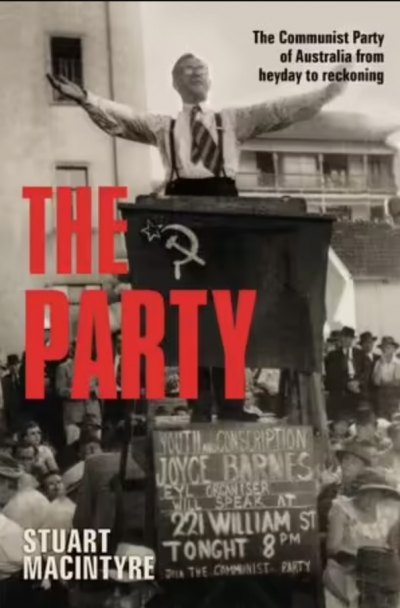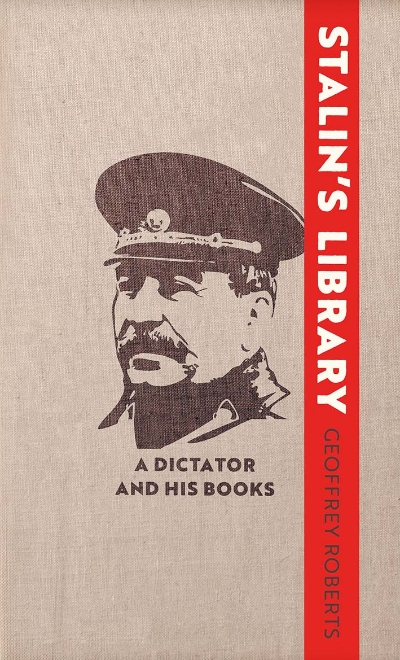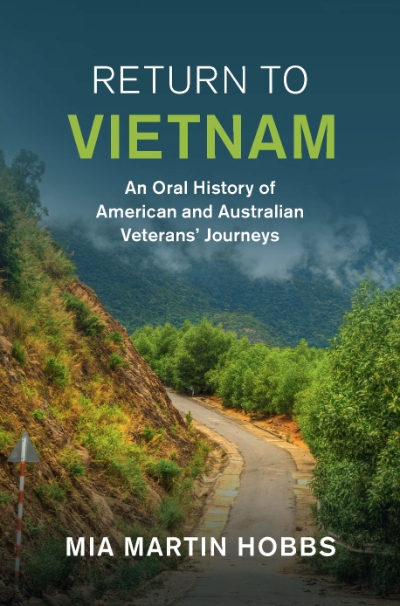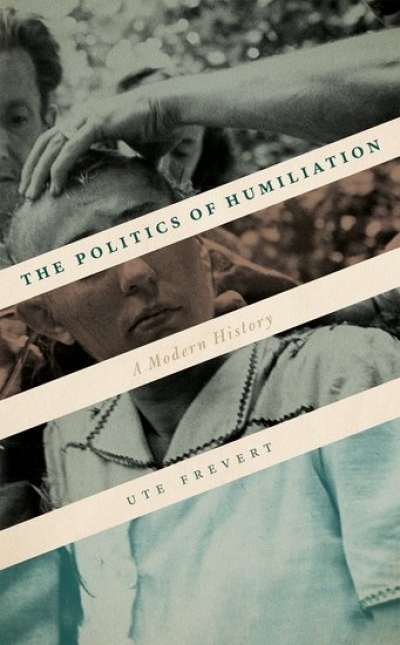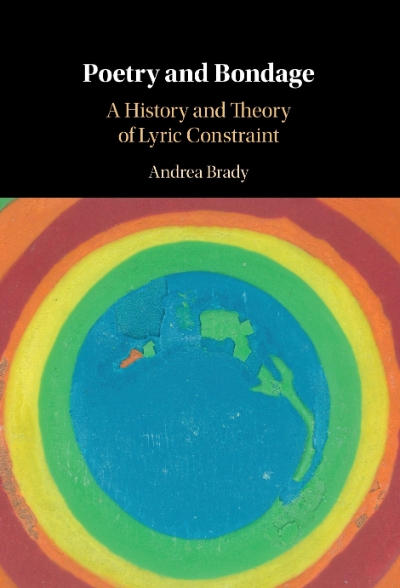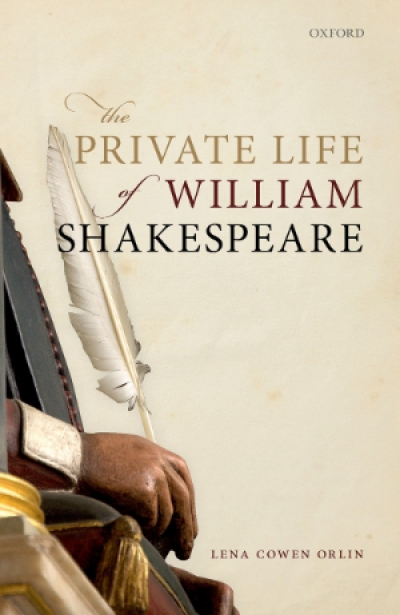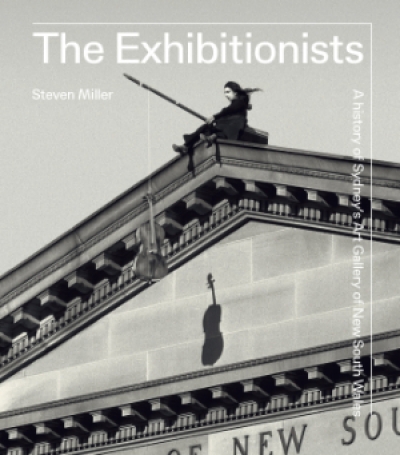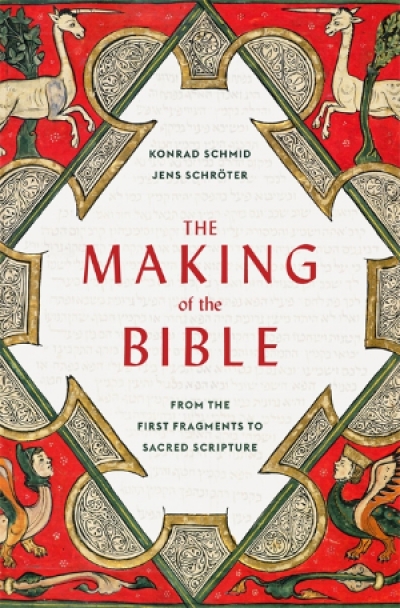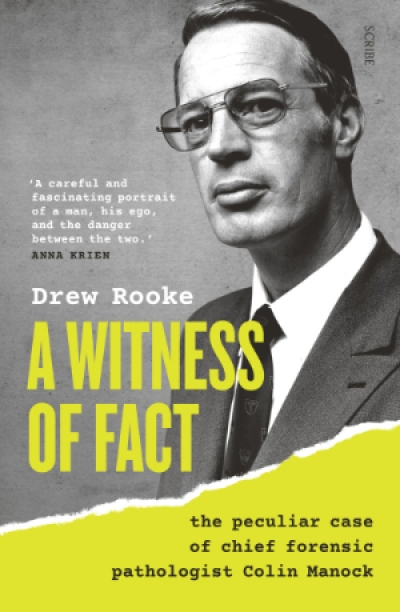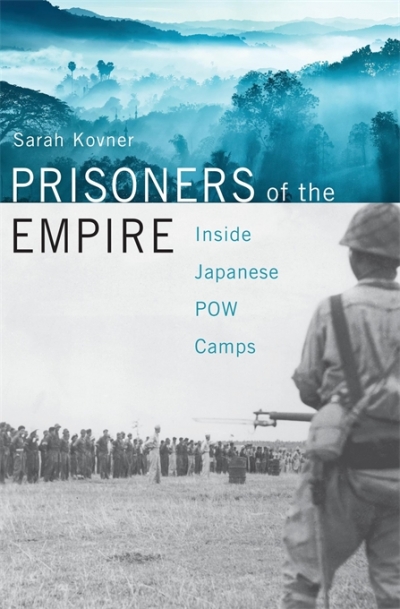History
The Party: The Communist Party of Australia from heyday to reckoning by Stuart Macintyre
by Sheila Fitzpatrick •
Return to Vietnam: An oral history of American and Australian veterans’ journeys by Mia Martin Hobbs
by Peter Edwards •
Poetry and Bondage: A history and theory of lyric constraint by Andrea Brady
by John Hawke •
The Exhibitionists: A history of Sydney’s Art Gallery of New South Wales by Steven Miller
by David Hansen •
The Making of the Bible: From the first fragments to sacred scripture by Konrad Schmid and Jens Schröter, translated by Peter Lewis
by Constant J. Mews •
A Witness of Fact: The peculiar case of chief forensic pathologist Colin Manock by Drew Rooke
by Alecia Simmonds •
Prisoners of the Empire: Inside Japanese POW camps by Sarah Kovner
by Joan Beaumont •

